This post was originally published on September 29, 2022.
The electrical energy stored in the battery is the only energy source that powers electric vehicles (EVs). Therefore, the purpose of electric car air conditioning is to cool and heat the air in the passenger compartment and fog the windshield with low power consumption.
Electric Vehicles Air Conditioning
As almost everyone in the automotive industry has said, the future is electric. Electric cars, like cars with integrated circuits, have air conditioners, but instead of using motors to drive compressors, they use electricity.
Tesla has made great strides in the electric vehicle industry. In his own words, the compressor used in Tesla cars “looks like a household refrigerator”, except that its voltage is 400 volts.
-
Electric Vehicle Spare Parts Manufacturers
-
Electric Vehicles Manufacturers
-
Best 7-Seater Electric Cars
-
Types of electric vehicles
Car and powered by car battery or energy storage system(ESS) From Tesla’s point of view, this is at the rear.
Just like in your internal combustion engine car, the compressor pushes the refrigerant through the cooling device and cools the air before it reaches the air conditioning system.
The heating system is slightly more complicated. In vehicles equipped with internal combustion engines, the heating system extracts heat from the engine coolant.
About 30% of the heat generated in the combustion process is transferred to the refrigerant, thereby providing the ultimate heat source.
The incoming air is heated by a heating matrix (small radiator) containing a hot engine coolant. Electric cars do not have any of these components.
Tesla replaced the heater matrix with electric heaters but must ensure that the heater does not consume too much power from the ESS by using a positive temperature coefficient (PTC) heater.
This kind of resistance increases its resistance as heat increases, thereby limiting energy consumption and ensuring that it does not become too hot in the cabin.
But this is not all. Another challenge for electric vehicles is to maintain the optimal battery temperature to extend battery life and improve performance.

Does Tesla ESS have its own cooling system?
A pump circulates the antifreeze, water/glycol mixture, and a separate cooling device that can also distribute heat within the battery to ensure minimal temperature fluctuations between the batteries.
Air-conditioning compressors for hybrid and electric vehicles
Electric air-conditioning compressors have been used in hybrid and electric vehicles for more than 15 years.
The fact that hybrid cars or electric cars do not have motors to turn air-conditioning compressors.
The air conditioning system consists of a three-phase electric compressor (EC), a three-phase inverter module (PIM), and related control systems.
Will air conditioning cool down the benefits of electric cars?
The controversy over the so-called “dirty little secrets” of AC fluid has tarnished the advantages of electric vehicles.
Electrification of transportation is an important solution to reduce oil consumption and global warming emissions.
Compared with traditional cars and trucks, the obvious advantage of electric cars is that there are no exhaust gases in the exhaust pipes, thus avoiding smog-forming pollutants and carbon dioxide.
In terms of power generation emissions, the benefits of using electric vehicles are also significant.
In California, the use of electric vehicles such as the Nissan Leaf reduces greenhouse gas emissions by 63% compared to ordinary new compact gasoline vehicles.
However, a recent article claimed that electric cars have a “dirty little secret”:
Some cars contain a strong greenhouse gas called HFC134a in their air conditioners (AC). The fact that most electric car air conditioners contain HFC134a is correct, but the “dirty little secret” feature is wrong for several reasons.
First of all, this compound (HFC134a, also known as R134a) can be found on the street in almost every car manufactured since 1994, not just in some electric cars!
When evaluating the benefits of electric cars, we cannot look at these cars in isolation; we must compare them with existing alternatives.
When it comes to greenhouse gas emissions from climate leaks, there is almost no difference between electric cars and traditional cars.
Secondly, compared with burning gasoline, HFC134a leaked from air conditioners has less impact on global warming.
The Environmental Protection Agency estimates that the leaked HFC134a during the life of a new car will generate approximately 18 grams of carbon dioxide per mile.
A 29-mile-per-gallon car uses gasoline to emit approximately 386 grams of carbon dioxide per mile, which is more than 21 times the emissions from AC leakage.
We should not ignore the impact of air-conditioning refrigerants on global warming emissions, but reducing gasoline combustion has the greatest impact on emissions.
Can reduce emissions caused by air-conditioning system leakage.
In fact, the current EPA vehicle emission standards encourage the use of environmentally friendly refrigerants, and there are some options to reduce emissions from leaking air-conditioning systems to nearly zero.
Used in 9 models, including 2 electric vehicles. We can and must replace HFC134a in all vehicles with alternatives that are safe, efficient, and emit fewer greenhouse gases.
This source is shared by electric cars and traditional cars, which they call the “dirty little secret” of electric cars.
An interesting aspect is that, at least for consumers, if not necessarily for electric car manufacturers, it is the potential of extending new technologies beyond electric cars and improving the electric car air conditioning and air conditioning of traditional cars. This leads to “reduced fuel consumption and related to Air pollution.
| Homepage | EV Cars |

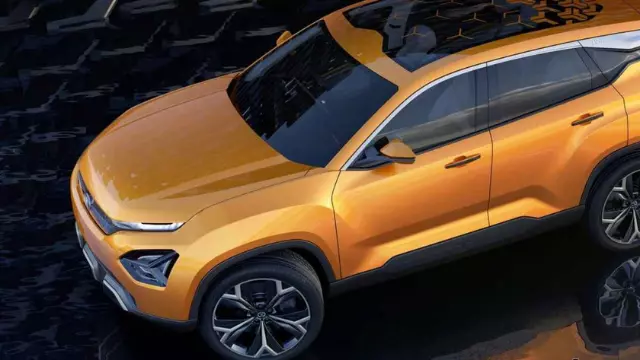
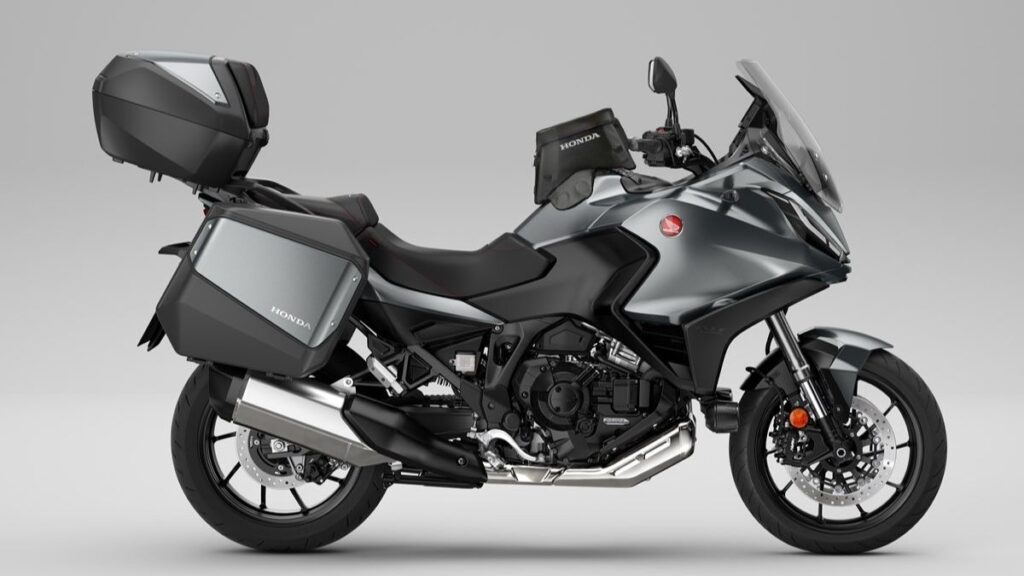
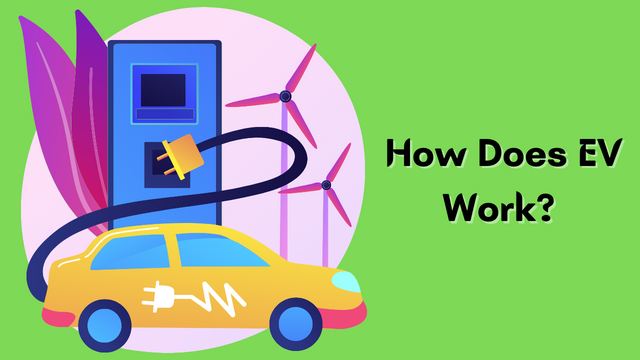
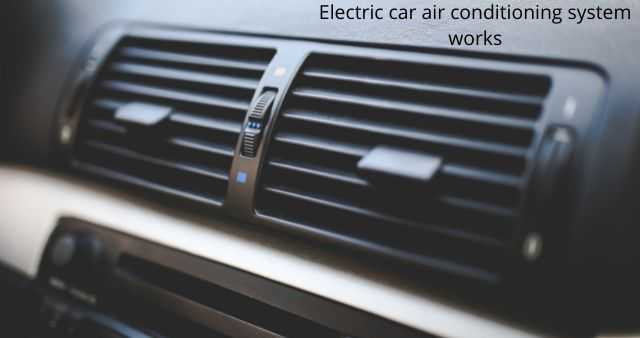

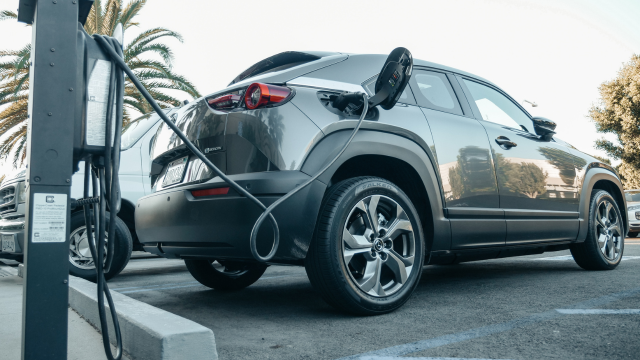



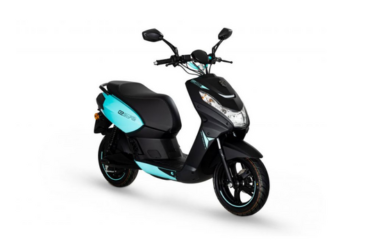
Leave a Review